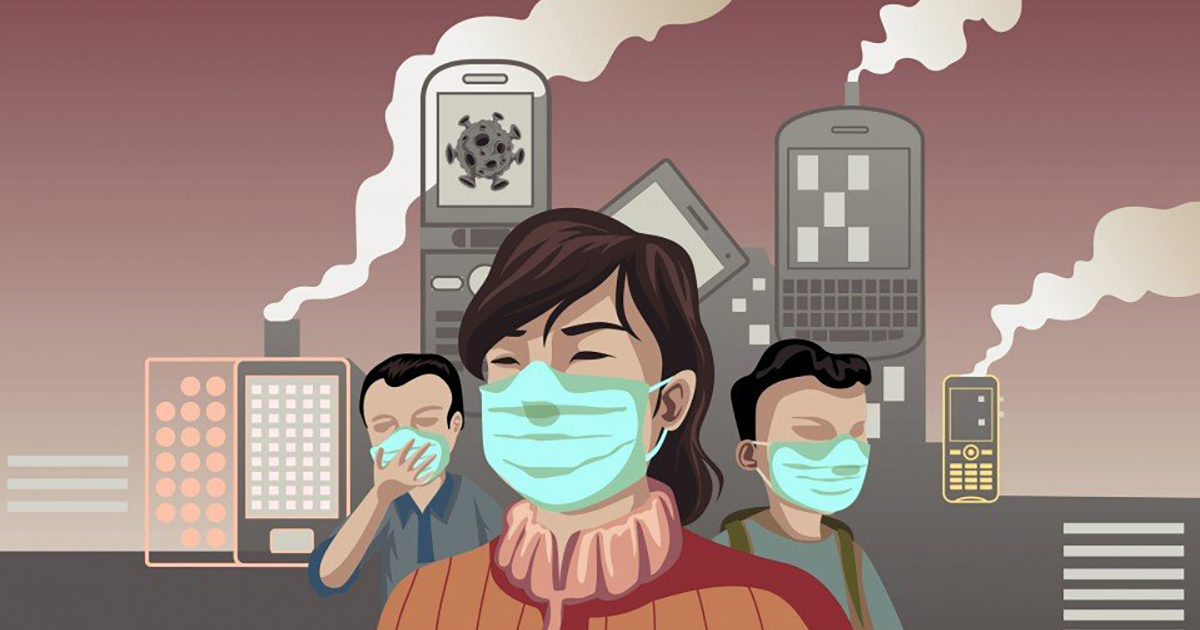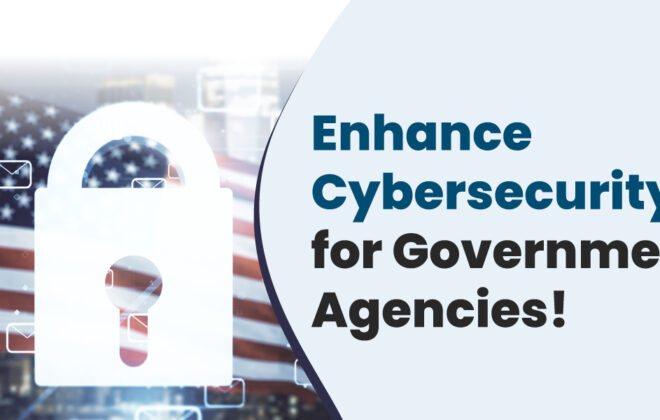5 Precautions That Will Guard Your Workplace from Coronavirus (2019-nCoV) Implications
WHO has officially declared the outbreak of novel coronavirus (2019-nCoV) as a “public health emergency of international concern”. Causing over 4,000 deaths out of 1,00,000 globally reported cases – as per the numbers updated on March 7- these numbers are further expected to increase in the coming days.
On February 24, 2020, for first-time cases outside China exceeded those within China. The outbreak is mostly concentrated in four zones — China (centered in Hubei), East Asia (centered in South Korea and Japan), the Middle East (centered in Iran), and Western Europe (centered in Italy).
![]()
What is Coronavirus?
Coronaviruses are a large family of viruses that may cause illness in animals or humans. It causes respiratory infections ranging from the common cold to more severe diseases such as Middle East Respiratory Syndrome (MERS) and Severe Acute Respiratory Syndrome (SARS) in humans.
The most recently discovered coronavirus is termed as “coronavirus disease 2019” (abbreviated “COVID-19”) and the virus causing the spread is named “SARS-CoV-2”.
This virus has its origins in bats and its outbreak was first detected in Wuhan, Hubei Province, China. However, it has now affected several locations internationally, including the United States.
How it Spreads?
![]()
COVID-19 first surfaced in a seafood market of Wuhan suggesting animal-to-person spread. However, many locations later reported person-to-person spread – without any access to animal markets. In fact, countries other than China are mostly affected by person-to-person spread.
1. Person-to-person Transmission
The coronavirus is most contagious if an affected person comes in close contact with another person (within 3-6 feet). And another person inhales their sneeze and cough droplets.
2. Spread from Contact with Contaminated Surface
Contaminated surfaces are a great risk to the virus spread. If an infected person’s sneeze and cough droplets land on an object, then the bacteria can persist on the surface for a few hours to days depending upon the surface. Meanwhile, if another person touches the infected surface, and subsequently touches their face, they are highly likely to get infected.
How Should Companies Prepare Their Workplace for COVID-19?
The virus has spread like a wildfire taking many lives and affecting others in the process. Businesses have also taken a huge hit in the numbers as thousands of companies have halted their production, import, and export due to the spread.
In such sensitive times, when a virus can crumble down the economy and health of a globe, no workplace can afford to take it for granted. To ensure your workplace doesn’t fall victim to this wildfire, here is a list of precautions that you must implement to guard your employees.
1. Communicate Right Information Frequently to Employees
United States Center for Disease Control and Prevention (CDC) has recently released a series of information around COVID-19 to control any flow of the misinformation. Seeing the rapidity and emergency of the situation, they’re constantly updating information on the site.
Therefore, while communicating measures, preventions or other information, ensure to pick information from the right sources (e.g., CDC, WHO). Cross verify all the broadcasting information to avoid spreading the myth.
2. Encourage Employees to Practice Hygiene
Employees at the workplace are most exposed to catching and spreading the virus. They often travel locally, domestically or globally and come in close contact with a wide variety of people. In these situations, when the fear of spread looms over your employees, you must contain it before it spreads.
To control this pandemic before it takes turn for worse, implement below CDC recommended precautionary hygiene measures.
- Stop handshaking – use other non-contact methods of greeting
- Clean hands at the door and schedule regular hand washing reminders by email
- Create habits and reminders to avoid touching their faces and cover coughs and sneezes
- Disinfect surfaces like doorknobs, tables, desks, and handrails regularly
- Increase ventilation by opening windows or adjusting the air conditioning
3. Restrain from International Work Travels
Travel is the most prominent reason for the coronavirus global spread. Travel plans of unidentified infected people have exposed many countries to the COVID-19 threat. Restricting the global movement of people residing in the infected countries or traveling from one is thus the only resort to contain the spread.
To avoid taking any chance, the U.S state department has also issued a “Do not travel” advisory for work-related china travel.
With the rise in the number of cases globally, you must steer clear of any business-related travel in other countries as well. Assess travel-related risks before planning any business travels for your employees.
4. Implement Work from Home Policies
Protecting and supporting employees should be your utmost priority in these sensitive times. Therefore, you must eliminate the passivity and become proactive to deal with this spread before it goes out of hand.
If your workplace lies in the infected area or is likely to be a part of a virus spreading region, you must immediately provide work from home to all your employees. Also, promote your work from home policy thoroughly inside the organization to encourage employees to work remotely in case of mild symptoms.
5. Test Recently Traveled Employees for 2019-nCoV
Test your recently traveled employees for coronavirus if they have recently traveled from infected countries. Suggest them to self-isolate if mild symptoms such as headache, low-grade fever, and a slight runny nose arise. Also, encourage your employees to test their family members if they also have a recent travel history.
Information & Stat References
Center for Disease Control and Prevention, World Health Organization, Mckinsey
Tags In
Related Posts
Subscribe For Updates
Categories
- Accountant
- AI
- Automation
- Awards and Recognitions
- Blue Collar Staffing
- Burnouts
- Campus Recruiting
- Cloud
- Co-Ops agreements
- Company Culture
- Compliance
- contingent workforce
- Contingent Workforce
- COVID-19
- Cyber Security Staffing
- Data Strategy
- Digital Transformation
- direct sourcing
- Distributed Workforce
- Diversity
- Diversity & Inclusion
- Economy
- Events & Conferences
- fleet industry
- Gig Economy
- Girls in Tech
- Global Talent Research and Staffing
- Government
- Healthcare
- Healthcare Staffing
- Hiring Process
- Hiring Trends
- Home Helathcare
- HR
- HR Practices
- HR Tech
- IT
- Labor Shortages
- Life Science
- Local Governments
- News
- Nursing
- Payroll Staffing
- Public Sectors
- Recruiting
- Remote Work
- Skill Gap
- SMB Hiring
- Snowflake
- Staffing
- Staffing Augmentation
- Staffing Challenges
- Talent ROI
- Tech Staffing
- Technology
- Tips & tricks
- Total Talent Management
- UI/UX Design
- Uncategorized
- Veteran Staffing
- Veterans Hiring
- Veterans Hiring
- Workforce Management
Recent Posts
- Automation in Recruiting: From Chatbots to Predictive Screening
- Gig Economy Expansion: The Impact on Talent Pools and Business Models
- Skills-Based Hiring: Why Credentials Alone Don’t Cut It in 2025
- Procurement 3.0: AI & Intelligent Automation in 2025
- Q3 Is Here: Is Your Contingent Workforce Strategy Falling Behind?
Newsletter
Archive
- September 2025
- August 2025
- June 2025
- April 2025
- March 2025
- December 2024
- November 2024
- October 2024
- September 2024
- August 2024
- July 2024
- June 2024
- May 2024
- April 2024
- March 2024
- February 2024
- January 2024
- December 2023
- November 2023
- October 2023
- September 2023
- August 2023
- July 2023
- June 2023
- May 2023
- April 2023
- March 2023
- February 2023
- December 2022
- November 2022
- October 2022
- September 2022
- August 2022
- July 2022
- June 2022
- November 2021
- October 2021
- September 2021
- August 2021
- July 2021
- June 2021
- May 2021
- April 2021
- March 2021
- February 2021
- January 2021
- December 2020
- November 2020
- October 2020
- September 2020
- August 2020
- July 2020
- June 2020
- May 2020
- April 2020
- March 2020
- February 2020
- January 2020
- December 2019
- November 2019
- October 2019
- September 2019
- August 2019
- July 2019
- June 2019
- May 2019
- January 2019
- December 2018
- November 2018
- October 2018
- September 2018
- August 2018
- July 2018
- June 2018
- May 2018
- April 2018
- March 2018
- February 2018
- January 2018
- December 2017
- November 2017
- October 2017
- September 2017
- August 2017
- July 2017
- June 2017
- May 2017
- November 2016
- October 2016




